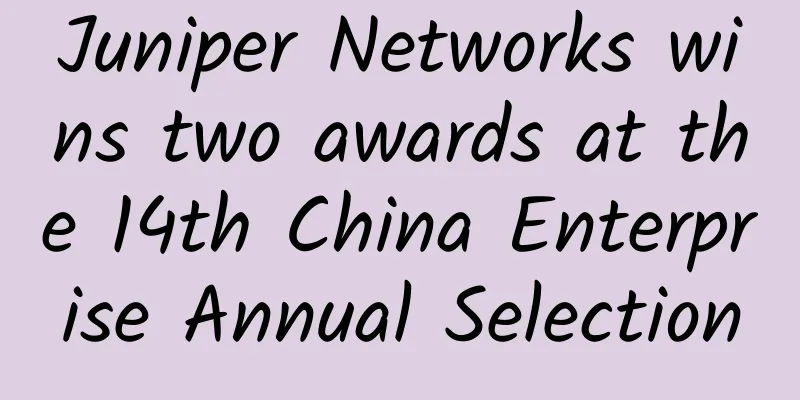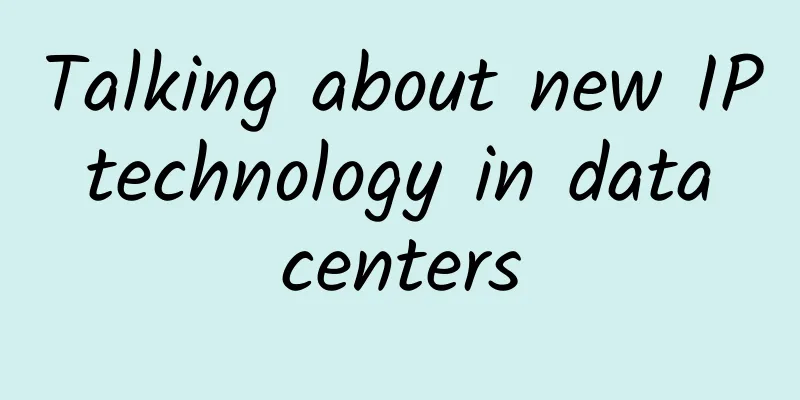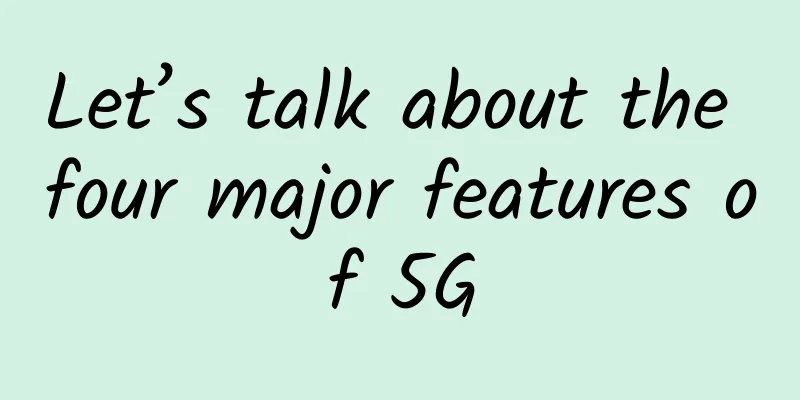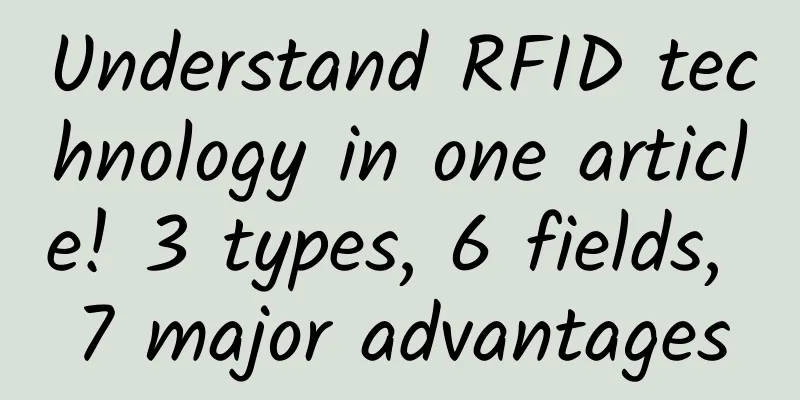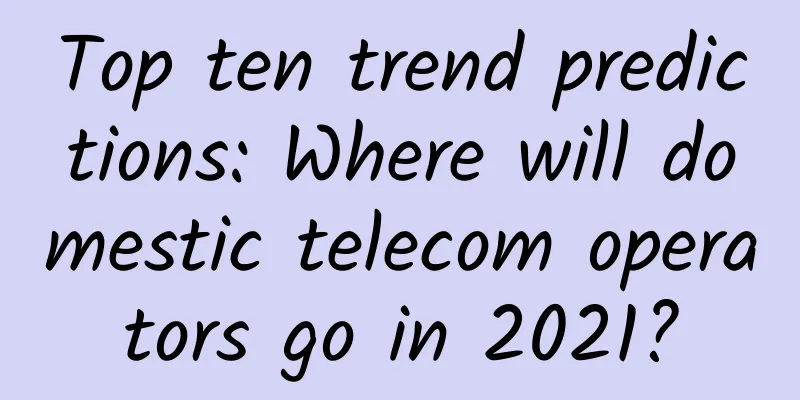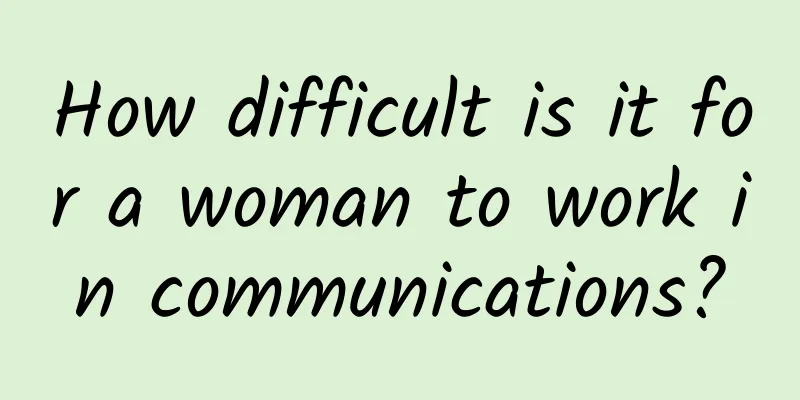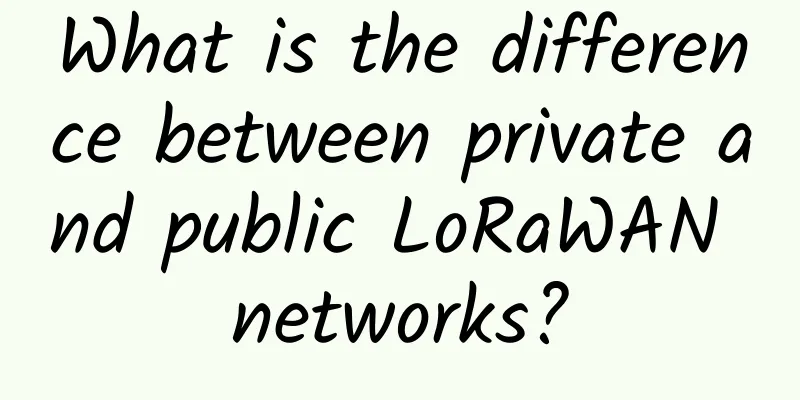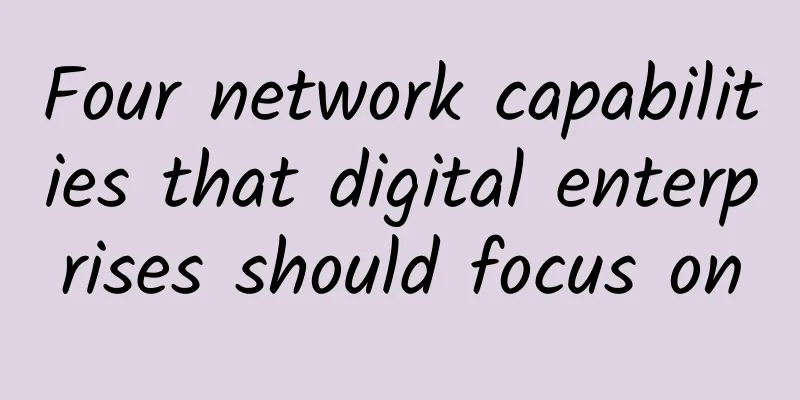Can this be considered? TCP is awesome.
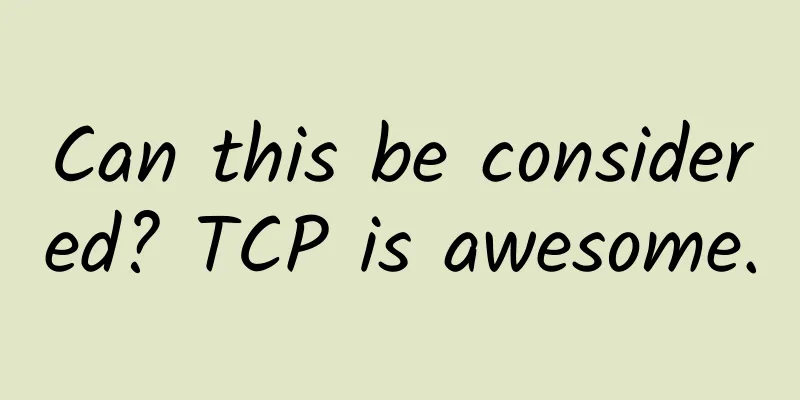
|
Hello everyone, I am Xiaolin. I saw an old man asked a question on the website. To put it simply, why during the TCP three-way handshake, if the confirmation number of the SYN-ACK message received by the client does not meet the expectation, why does it return RST instead of discarding it? If I say return to RST, does it mean return to RST? Of course not, I also confirmed it by reading the RFC standard. Let me describe the scene first:
The above process is the process of TCP three-way handshake to prevent the establishment of historical connections. The reason why TCP needs three-way handshake is firstly to prevent confusion caused by old repeated connection initialization, and secondly to reliably synchronize the sequence numbers of both parties. Why is it designed that when the client receives a SYN-ACK message that does not meet its expectations, it returns RST instead of discarding it? Now let's assume it is discarded and see what happens? It can be seen that when a client connected in the SYN_SENT state receives a SYN-ACK message that does not meet expectations, if the selected processing is "discard", both parties will trigger a timeout retransmission until the maximum number of retransmissions is reached before entering the CLOSE state. This process takes 10-20 seconds. From the client's perspective, it is difficult to establish a connection with the server because an old connection with the same four-tuple already exists on the server. If the server connection is not terminated, the client's new connection (SEQ=100) cannot be confirmed. This is because in the non-LISTEN state, if a SYN is received, a challenge ack is returned. This ack does not confirm the receipt of the SYN message, but continues to reply to the last ACK sent. Does it feel like the old connection (SEQ=90) on the server is just sitting there doing nothing? Therefore, the task of killing the old connection on the server is left to the client. When a client connected in the SYN_SENT state receives a SYN-ACK message that does not meet its expectations, it directly sends RST to the server, killing the server's old connection so that the client's new connection can be established quickly. What do you think? TCP is full of details! |
<<: HTTP caching is enough to read this article
>>: What is the function of each layer in the computer network layered model?
Recommend
How to prevent 5G from creating a new digital divide
There is no doubt that more pervasive 5G technolo...
spinservers New Year promotion: $39/month-E3-1280v5/32GB/1TB NVMe/30TB@10Gbps
spinservers has released several special packages...
Huawei Enjoy 10S hands-on review: good looks, photography, and battery life
Data released by market research firm QuestMobile...
Types of Cabling in a Structured Cabling Environment
If you are considering a structured cabling envir...
Ministry of Industry and Information Technology: Local governments should work harder on 5G applications
"Although various regions are now making gre...
What is the difference between wireless repeater and Mesh? This article will teach you how to use your home network well
At present, people's lives are becoming riche...
Understand Huawei Enterprise BG's "123456" product strategy in one article and learn about the new +AI series products
[51CTO.com original article] "Huawei Enterpr...
NIST aims to make frequency sharing more efficient for wireless networks
Machine learning solutions will help different ra...
Huawei's high-definition intelligent video surveillance solution helps efficient highway operations
Introduction: At present, security technology is ...
AWS now integrates F5 distributed cloud bot defense to help enterprises effectively deal with complex robot attacks
F5 (NASDAQ: FFIV) today announced that F5 Distrib...
Ruijie Networks releases "U Space" solution, a new choice for remote office
Some time ago, Shenzhen, under the epidemic, cont...
RackNerd Mid-Autumn Festival Promotion, $11.88/year-768MB/10GB/2TB/7 data centers including Los Angeles
RackNerd has released several promotional package...
HostKvm Newly Offers 30% Off Los Angeles CN2 Line VPS, 20% Off All Sitewide
HostKvm was founded in 2013 and currently provide...
There are four major challenges in the development of 5G. The next 2-3 years will be a critical period for the development of 5G.
A total of more than 700,000 5G base stations hav...
